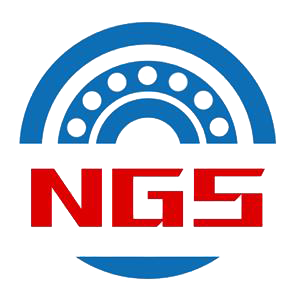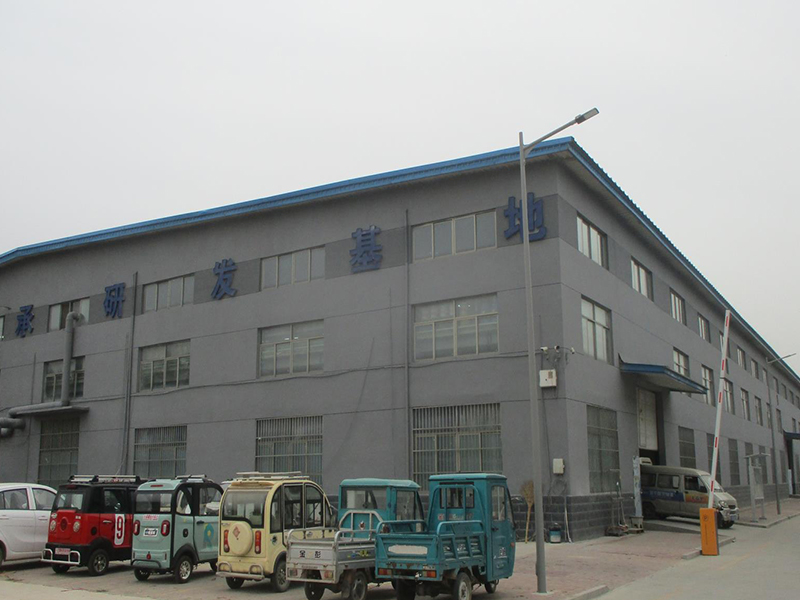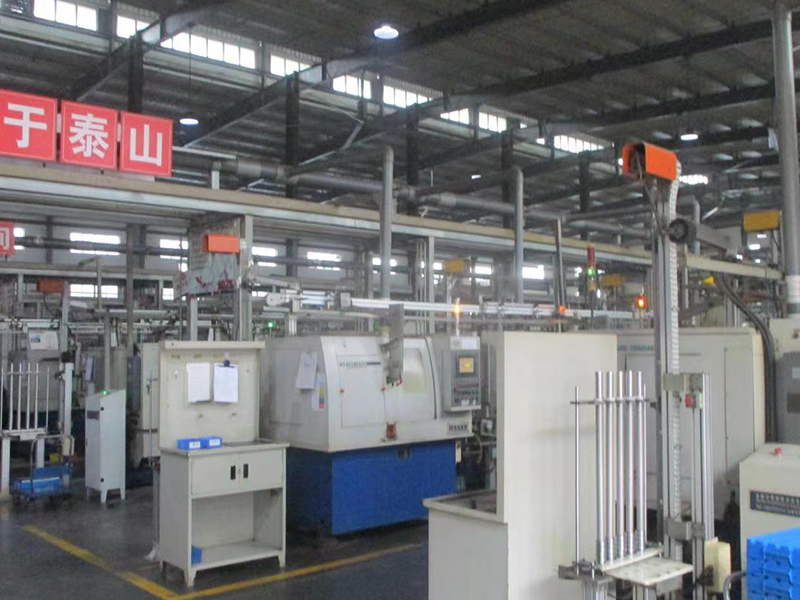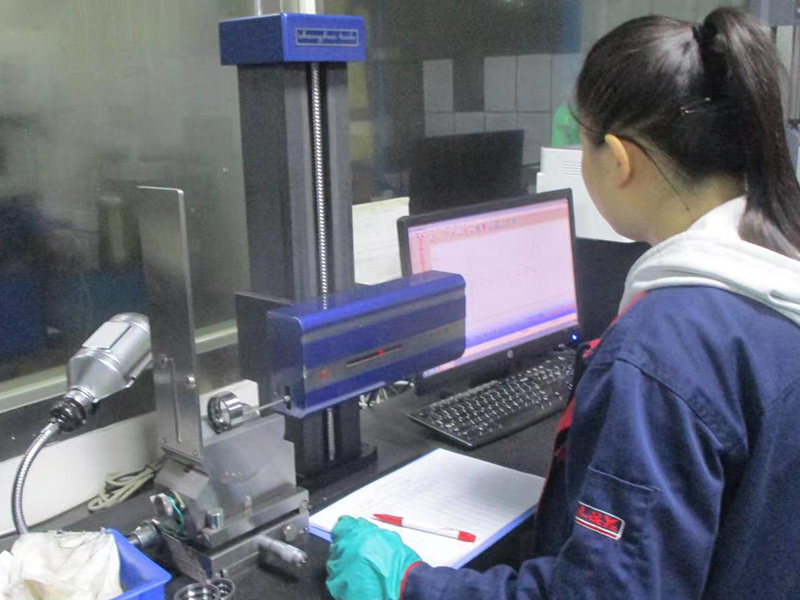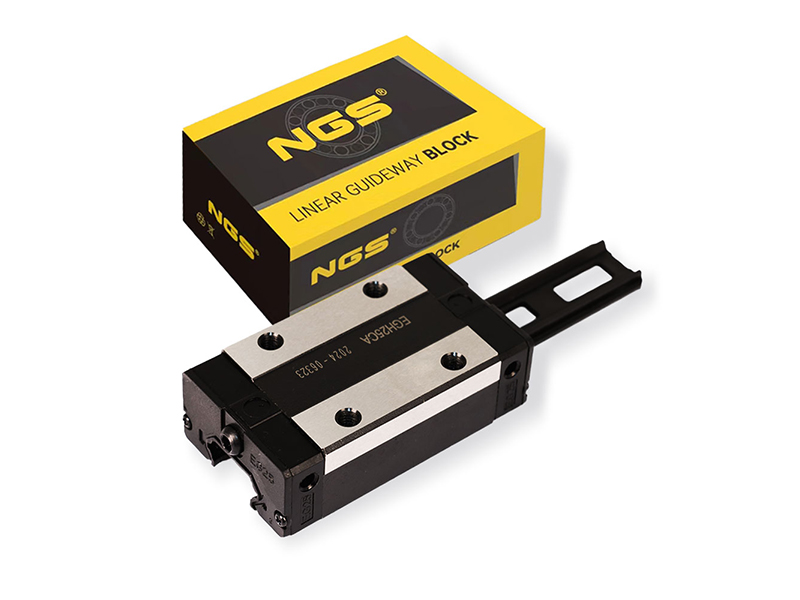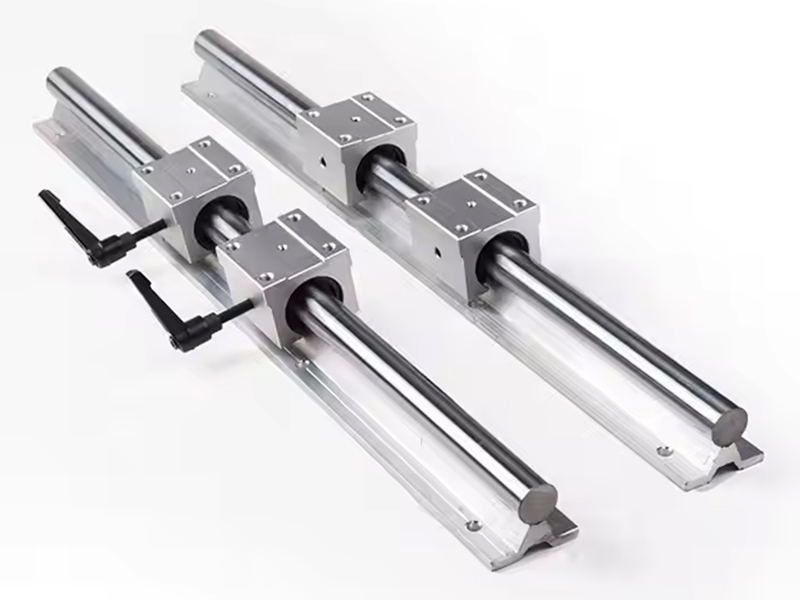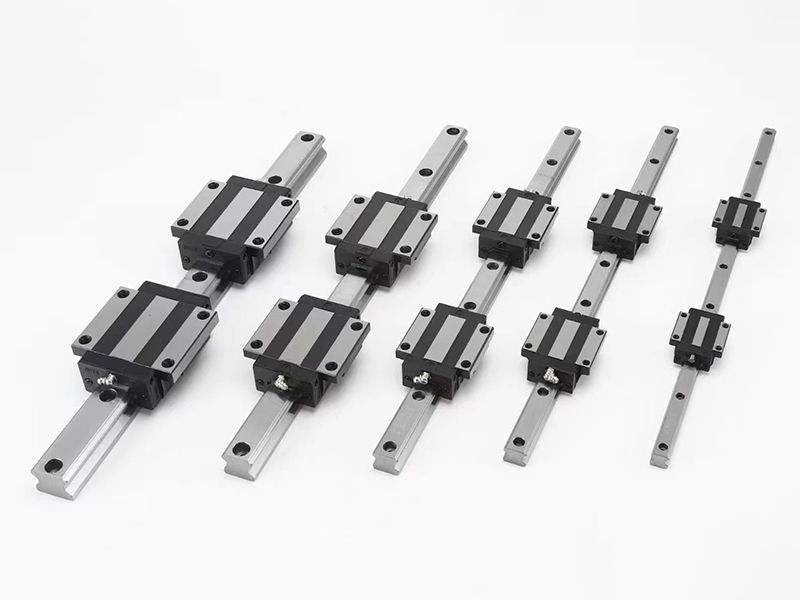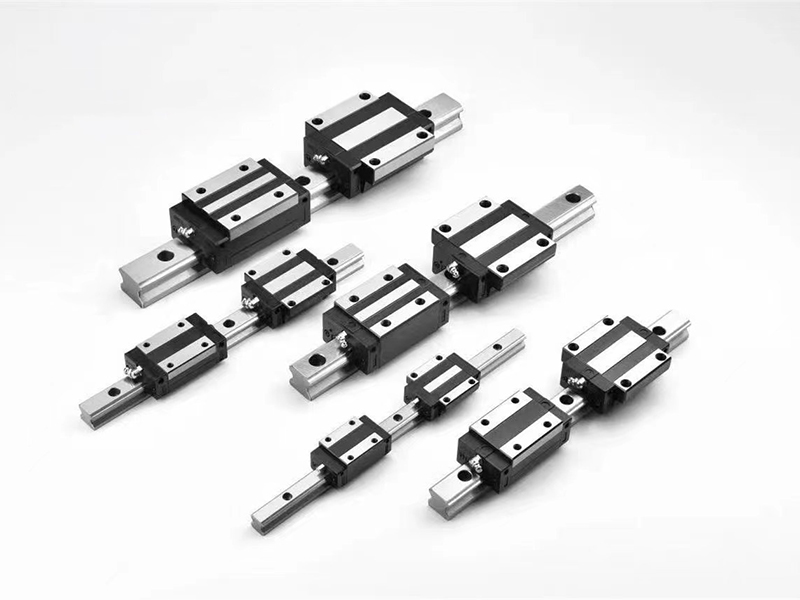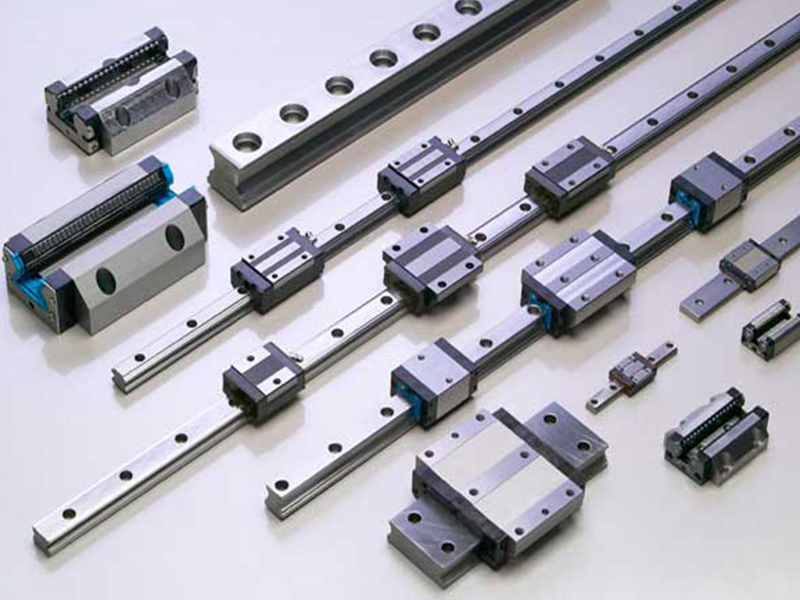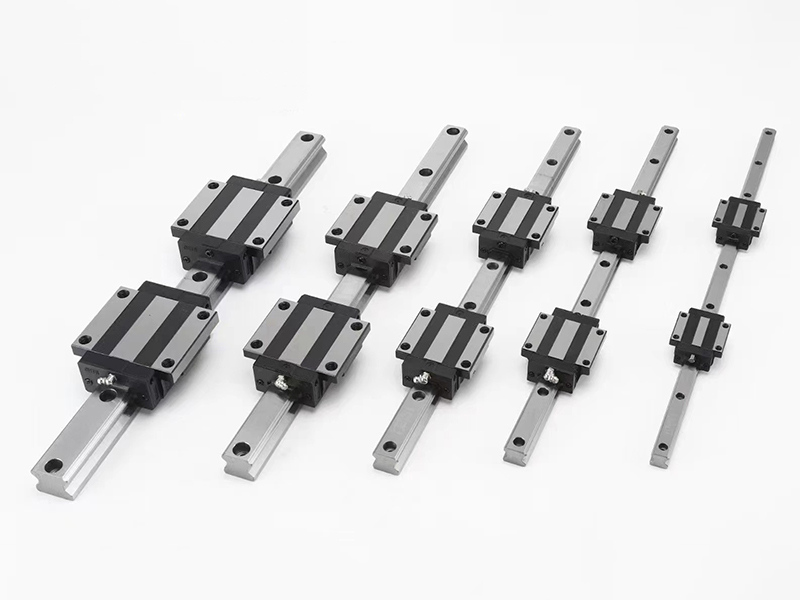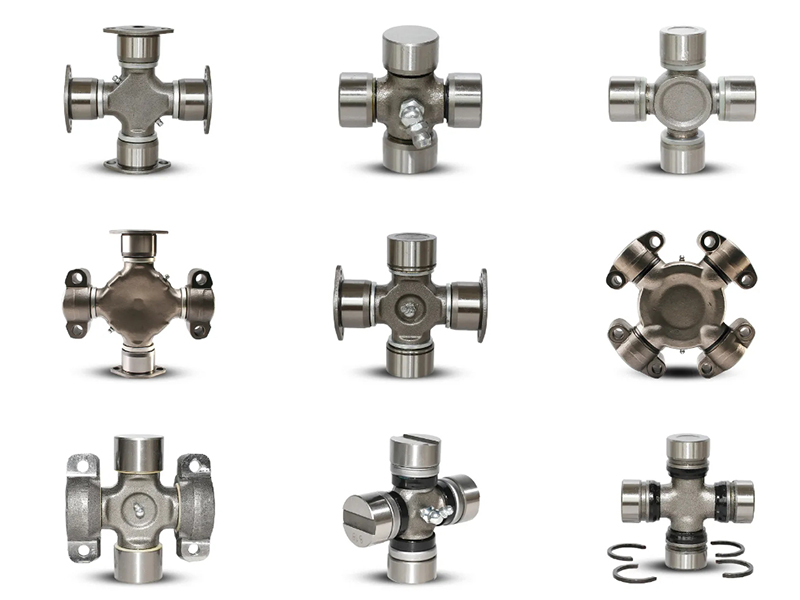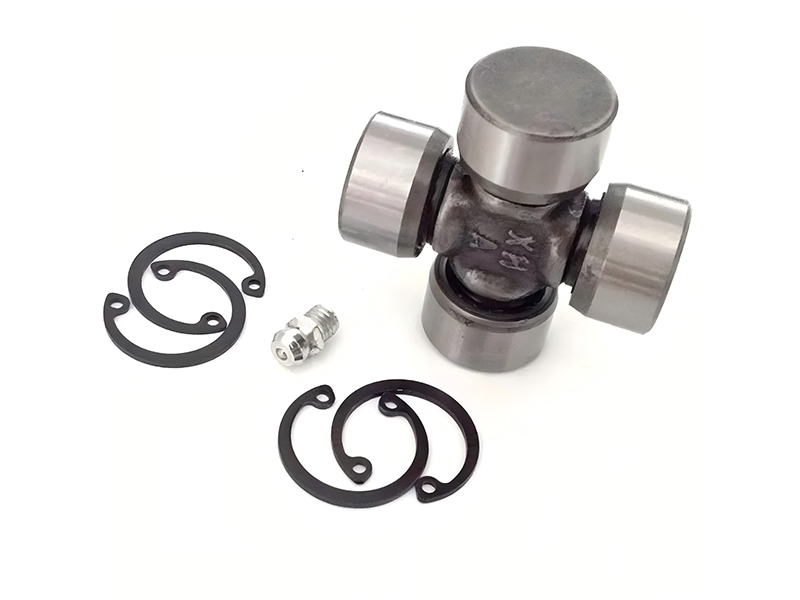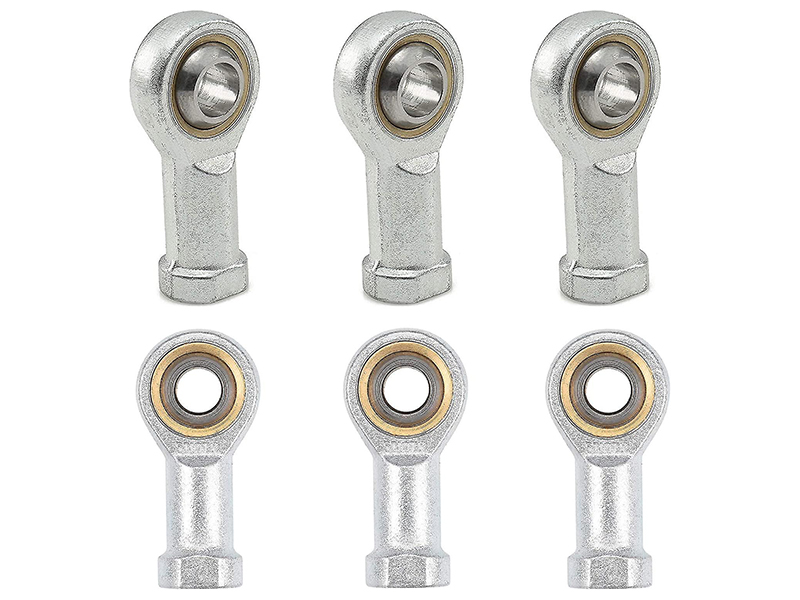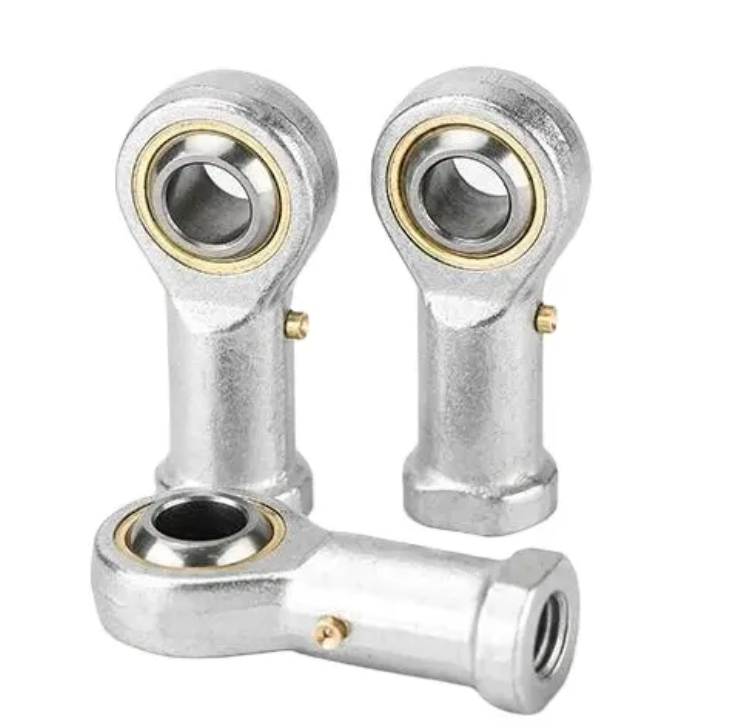Bearings in the Automotive Sector: Market Challenges and Growth
1. Market Overview
The global automotive bearings market is projected to reach $52.3 billion by 2027, growing at a CAGR of 6.2% (2023-2027). Key drivers include:
✔ Rising EV production (demand for high-speed, low-friction bearings).
✔ Stricter fuel efficiency regulations (lightweight, low-drag solutions).
✔ Growth in autonomous & connected vehicles (smart bearings with sensors).
Market Segmentation
| Bearing Type | Key Applications | Growth Rate (2023-2027) |
|---|---|---|
| Ball Bearings | Wheel hubs, alternators | 5.8% |
| Roller Bearings | Transmissions, differentials | 6.5% |
| Tapered Bearings | Axles, heavy trucks | 4.9% |
| Needle Bearings | Gearboxes, steering systems | 7.1% |
2. Key Challenges in the Automotive Bearing Market
🔴 1. EV Transition Disruptions
Higher RPM requirements (EV motors spin at 15,000+ RPM vs. 6,000 RPM in ICE).
Electromagnetic interference (EMI) risks in electric drivetrains.
Thermal management challenges due to regenerative braking heat.
🔴 2. Cost Pressures & Supply Chain Risks
Rising raw material costs (steel, rare-earth magnets for sensors).
Geopolitical disruptions (China controls 70% of rare-earth supply).
🔴 3. Counterfeit & Low-Quality Bearings
$1.2B+ in annual losses due to fake bearings in aftermarket sales.
Safety risks from substandard materials (e.g., fake SKF/NTK bearings).
🔴 4. Lightweighting Without Sacrificing Durability
Aluminum & composite bearings save weight but face fatigue life issues.
3. Growth Opportunities & Innovations
✅ 1. Bearings for Electric Vehicles (EVs)
Hybrid ceramic bearings (Si3N4) for higher speed & lower friction.
Insulated bearings to prevent electric arcing in motors (e.g., NSK’s "Insuloc" coating).
Integrated sensor bearings for real-time torque monitoring.
✅ 2. Smart & Connected Bearings
SKF’s "Smart Bearing" with embedded accelerometers for predictive maintenance.
Schaeffler’s "TriFinity" wheel bearing with load-sensing for autonomous cars.
✅ 3. Sustainable Manufacturing Trends
Recycled steel bearings (30% lower CO₂ footprint).
Dry lubricants (graphite/PTFE) eliminating oil leaks.
✅ 4. Emerging Markets (Asia, Latin America)
India’s bearing demand ↑12% YoY due to local EV push (Tata, Mahindra).
Brazil’s aftermarket growth (7.3% CAGR) driven by aging vehicle fleet.
4. Competitive Landscape
| Company | Strategy | Recent Development |
|---|---|---|
| NSK Ltd. | Focus on EV bearings | Launched "Evolva" series for 20,000 RPM EV motors |
| Schaeffler | Smart bearing integration | Partnered with Tesla for next-gen wheel hubs |
| SKF | Sustainability leadership | 100% green steel bearings by 2025 |
| NTN Corporation | Cost leadership | Opened low-cost plant in Mexico for US market |
5. Future Outlook (2025-2030)
✔ More consolidation (M&As among mid-tier bearing suppliers).
✔ AI-optimized bearing designs for weight & friction reduction.
✔ Hydrogen-compatible bearings for fuel-cell vehicles.
6. Strategic Recommendations
🔹 For OEMs: Partner with bearing makers early in EV development.
🔹 For Suppliers: Invest in smart coatings & sensor integration.
🔹 For Aftermarket: Use blockchain anti-counterfeit tags (e.g., Timken’s "Trusted" program).
7. Conclusion
The automotive bearing industry faces disruption from EVs and cost pressures, but lightweight materials, smart tech, and emerging markets offer strong growth potential. Companies that adapt to electrification, sustainability, and digitization will lead the market.
